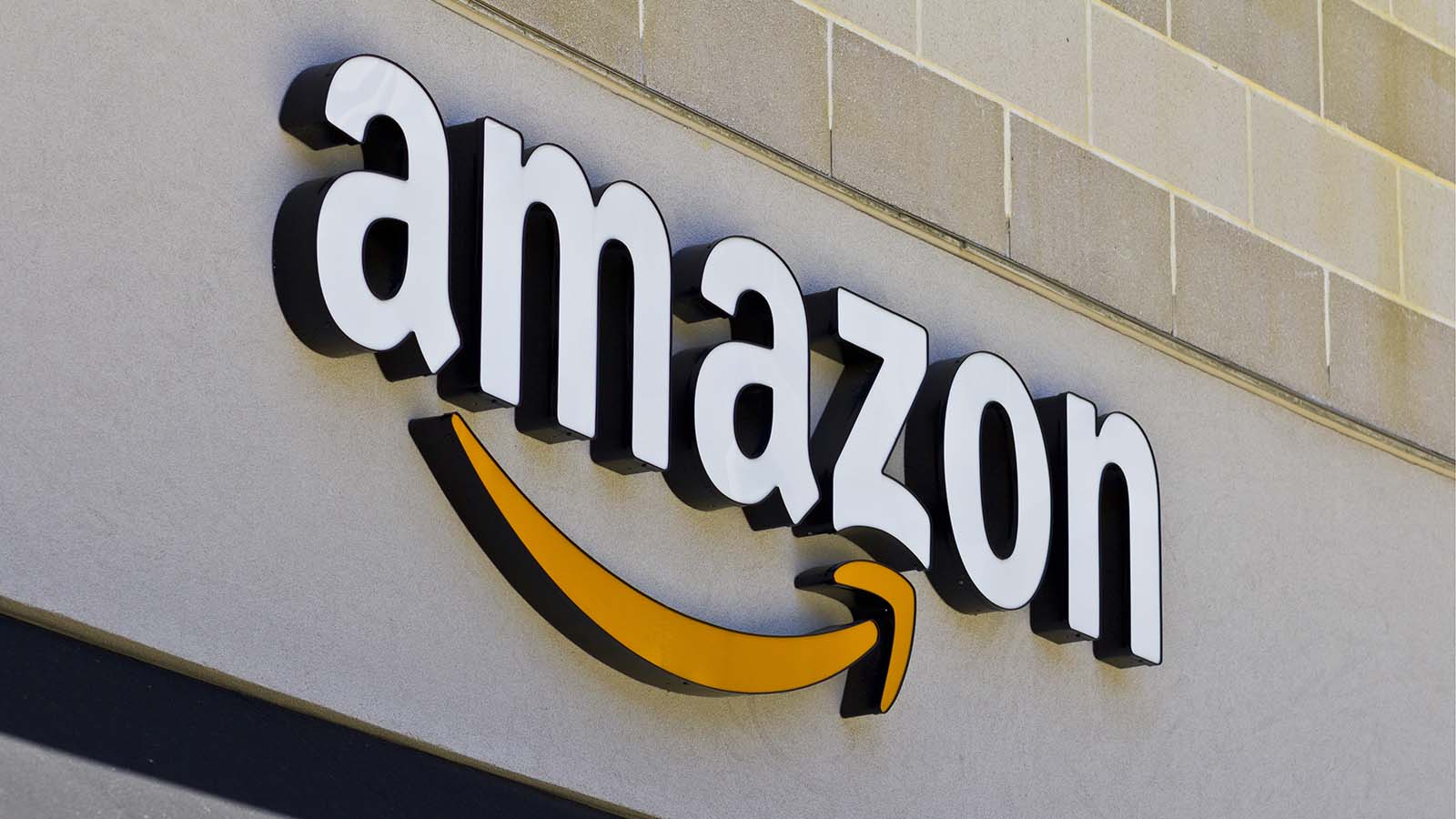By any conventional measure Amazon (NASDAQ:AMZN) is overvalued. With a market cap of $1.66 trillion, AMZN stock is being valued at over four times its potential 2020 revenue of $400 billion. That’s based on its second quarter sales of $101 billion.

It’s not unusual to value a tech company at 10 times its sales or even more. But Amazon isn’t really a tech company. As I have written here many times, Amazon is an infrastructure company. About 80% of its sales consist of retailing, usually valued at a discount to revenue.
Even granting that, Amazon is taking full value from its sales through warehousing and delivery. Margins are slim, just 3.5% in North America for the first half of 2020. Valuing Amazon Web Services at even 20 times sales, or $800 billion, still leaves $850 billion in equity covering $320 billion in retail revenue.
Why the Bull on AMZN Stock?
Despite these facts, analysts are pounding the table for Amazon. There are now 39 analysts following it, according to Tipranks, and 38 are screaming “buy.” The average one-year price target of $3,725 represents a gain of 13% from its $3,300 opening price on Aug. 24. The big second quarter numbers caused 27 analysts to raise their price targets by the start of August.
Needham analyst Laura Martin recently said AMZN stock could be worth $5,000/share over the long term. She says 43% of its revenue now comes from services, including merchants, video, and its Prime membership. A sum of the parts analysis seriously understates the company’s value, she says.
Getting 34% year-over-year sales growth while at a $400 billion/year run rate is impressive. But will that growth continue after the pandemic? Will Amazon Web Services finally see Alphabet (NASDAQ:GOOGL, NASDAQ:GOOG) take away market share? What about Alibaba Group Holding (NASDAQ:BABA), which is outperforming Amazon in Asia?
The Bear Case
Getting in front of the Amazon bull is like facing an oncoming freight train. Links from a search of “Amazon bear” all come up with Bear Grylls, hosting Prime’s Survivor knock-off. The show joins other reality knock offs like Making the Cut, built off Project Runway, and The Grand Tour, built off BBC’s Top Gear. Other Amazon shows are regional knock offs, like Last One Laughing, a comedy series done in both Australia and Mexico. (A similar show in India has a different format.)
Amazon’s deep pockets mean its primary video competition is Netflix (NASDAQ:NFLX), where $20 billion in 2019 revenue is worth $217 billion of market cap. But how much of a Prime member’s value should be ascribed to the video service, and how much to shipping?
Martin’s bull case is based on the idea that it’s worth more together than broken up. But a break-up is what Sen. Elizabeth Warren and NYU professor Scott Galloway are calling for. Less than a year ago, an Atlantic writer who has profiled CEO Jeff Bezos suggested it might do this voluntarily, spinning off Amazon Web Services.
Even without a break-up, regulation is coming. Regulation always costs the regulated money.
The Bottom Line
As with the other Cloud Czars — Apple (NASDAQ:AAPL), Microsoft (NASDAQ:MSFT), Alphabet, and Facebook (NASDAQ:FB) — Amazon’s current price is built on the COVID-19 market and the Fed. It’s not based on Amazon’s performance.
There is so much money floating around, so few things are working and stocks are so liquid, it’s no surprise cash is floating into these stocks.
But liquidity works both ways. Easy money flowing in can quickly become profit-taking, a “dip,” and finally a “rout,” before small investors can respond. That’s what happened in March.
The pandemic’s end will make other things look cheap. Failure to stop the pandemic will make the economic damage too obvious to ignore. Either way, Amazon stock will eventually reflect its fundamental value.
Those fundamentals are great. But right now, those values are stretched. Unless you’re looking 5-10 years ahead, or you’re a speculator with a fast “sell” finger, I wouldn’t buy more of it here.
Dana Blankenhorn has been a financial and technology journalist since 1978. His latest book is Technology’s Big Bang: Yesterday, Today and Tomorrow with Moore’s Law, essays on technology available at the Amazon Kindle store. Write him at danablankenhorn@gmail.com or follow him on Twitter at @danablankenhorn. As of this writing he owned shares in AMZN, BABA, AAPL and MSFT.
